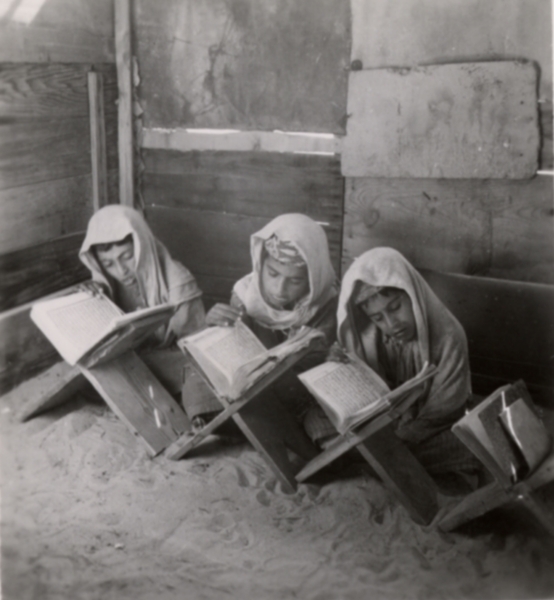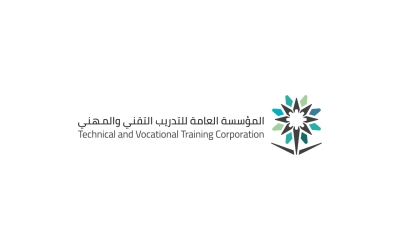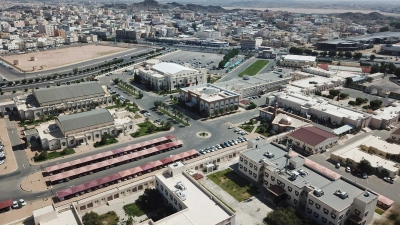

Education in the First Saudi State refers to an active academic approach adopted by the First Saudi State throughout its history, between 1727 and 1818. It sought to disseminate knowledge and science within the community and raise its awareness on religious matters.
Role of Imams in education during the First Saudi State
The Imams of the First Saudi State attached attention and care to education since the establishment of the state. This attention began with Imam Mohammed Bin Saud who called upon people to engage in learning and become knowledgeable of matters related to their religion. He was so keen on disseminating knowledge that he appointed tutors in the regions he governed, including Sheikh Hamad Bin Suwailem who was appointed to the Emirate of Thadiq.
The subsequent rulers of the First Saudi State followed the path of Imam Mohammed Bin Saud in terms of education. Imam Abdulaziz Bin Mohammed instructed the people of the state's regions to engage in acquiring education and knowledge. He also delegated tutors to Qassim to teach its inhabitants. He engaged judges in disseminating education and knowledge in addition to performing their main job. He was keen to appoint and occasionally replace judges in the regions he governed, which enabled inhabitants to benefit academically and exchange information. He also rewarded students, ultimately encouraging them to learn, allocated subsidies to learners, and was generous with students and judges.
Imam Saud Bin Abdulaziz also attached attention to education. He rewarded students and assigned officers in the regions he governed to take care of them. He was keen on holding daily studying sessions, with some held in sale and purchase zones, ultimately benefiting all involved parties. He also shared his knowledge with scholars. He appointed tutors to the various regions he governed to ensure that knowledge and education are disseminated among their inhabitants. His conquests featured several scholars who offered lessons that were beneficial for the soldiers.
The interest in the education movement and its dissemination continued with the last Imam of the First Saudi State, Imam Abdullah Bin Saud, who followed the steps of his father.
Role of Sheikh Mohammed Bin Abdulwahhab in education during the First Saudi State
During the First Saudi State, the interest of Sheikh Mohammed Bin Abdulwahhab in education and knowledge was apparent in holding studying sessions and writing a set of books and letters aimed at disseminating, facilitating, and simplifying knowledge for beginners, students, and the general public. He also contributed to teaching reading and writing to the public and private audiences. Imam Saud Bin Abdulaziz was among his most notable students from Diriyah.
Education sources of income in the First Saudi State
An income increase and an overall economic improvement were observed during the expansion of the First Saudi State. This enabled the state to allocate amounts from Bayt al-Mal (treasury) in favor of education. The latter also benefited from the personal spending of scholars in its favor in addition to endowment offerings. Some documents noted that endowments allocated a part of their proceeds to education, schools, or the Imams of Mosques.
The state also made education easily accessible to all students, where it was available for free. Those who were unable to learn for livelihood-related reasons were brought to Diriyah by Imams who covered the costs of their supplies, upon noting that the Diwan (court) allocated subsidies in favor of students.
Educational stages in the First Saudi State
Education in the First Saudi State was based on two stages, including the primary stage, during which students would learn reading and writing and memorize the Noble Quran. This educational stage was not restricted to a specific number of years. Rather, it was based on each student's ability to memorize and learn and his guardian's ability to cover the costs of education. The second stage related to advanced learning, within the framework of which students would learn religious and secular sciences. Students enrolled in this stage were no younger than thirteen years old. This stage qualified and prepared students to become judges.
Education curricula in the First Saudi State
The First Saudi State adopted specific curricula for primary education. These included, for example, memorizing the alphabet and repeating its letters in groups after the tutor, practicing their writing individually on dedicated tablets, ultimately learning to form words and sentences, learning basic numbers, and practicing arithmetic operations, such as addition and subtraction, among others. Advanced education curricula explored religious sciences, such as Tafsir (interpretation), Fiqh (Islamic jurisprudence), and Tawhid (monotheism), in addition to other subjects, such as syntax, morphology, and history.
Places of education in the First Saudi State
The First Saudi State categorized places of education according to the educational stage they cover. As such, primary education was offered in al-Katatib, where students learned the principles of reading and writing. Advanced education was available via academic sessions held in Mosques, at the Imam's palace, or in public places, such as sale and purchase zones. On the other hand, schools were dedicated to offering scientific education to students. Some schools were built near the tutor's residence. These schools included accommodation facilities dedicated to foreign students.
Duration of educational sessions in the First Saudi State
The duration of educational sessions varied per the educational stage during which they were offered. Primary education was offered for two to three hours in the morning and an hour or two in the afternoon. On the other hand, advanced education sessions, such as those attended by Imam Saud Bin Abdulaziz, were held between the Dhuhr and Asr Prayers. Public sessions were held after sunrise and would last until naptime. They were also held between the Maghrib and Isha Prayers. Foreigners residing at schools had access to education at all times. They would receive knowledge and education from their tutor's offspring as their schools were close to their tutor's residence.
Tutors in the First Saudi State
Education in the First Saudi State was made available by several tutors, such as some scholars among the Imams of the Mosques, who would hold educational sessions dedicated to students, judges who contributed to education, and some qualified students who were able to teach.
The role of the tutor in the First Saudi State was not restricted to teaching students. In fact, he dedicated a part of his time and efforts to share religious lessons with the public. He also responded to their inquiries and questions.
Educational diplomas in the First Saudi State
Educational diplomas in the First Saudi State were common back then. They consisted of academic diplomas or documents held by students in order to confirm their education and attest to their ability in terms of understanding the lessons they attended.
Educational diplomas reflected the academic status of the student. In fact, it was only granted to students with outstanding knowledge. Scholars in Najd granted educational diplomas to students. These diplomas mentioned the subjects covered and understood by the student.
Educational journeys in the First Saudi State.
Diriyah, the capital of the First Saudi State, was an active educational destination for students from various parts of the country. They would seek it to acquire education and knowledge. However, these educational journeys did not have Diriyah as the sole destination. Some scholars headed to regions other than Najd, such as Makkah al-Mukarramah and the Levant, to acquire education from the hubs for knowledge seekers from various Muslim countries.
Related quizzes

